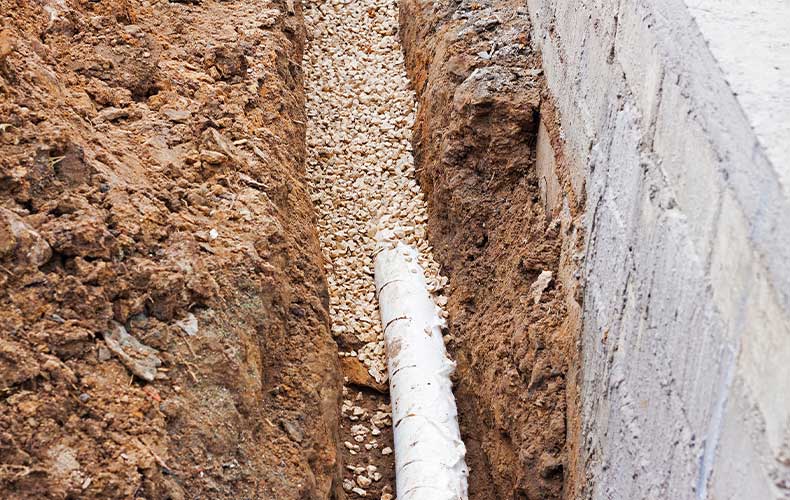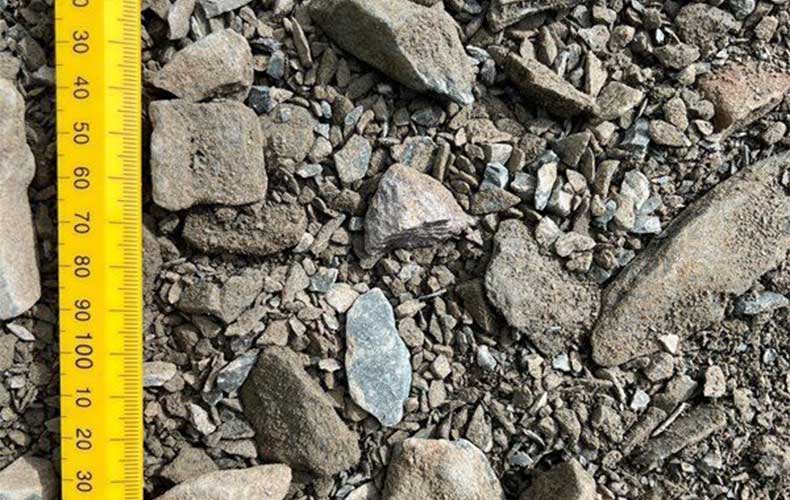The Difference Between Quarried Drainage Aggregates and Permeable Aggregates: Explained

When it comes to managing water on construction and landscaping projects, choosing the right type of aggregate is crucial. At Mainland Aggregates, we offer both quarried drainage aggregates and permeable aggregates, each serving distinct purposes. Understanding the differences between these types of aggregates can help you make the best choice for your project’s needs.
Quarried Drainage Aggregates
Quarried drainage aggregates are specifically selected and processed to facilitate effective water drainage. These aggregates are typically used in traditional drainage systems where the main goal is to quickly remove excess water from the site to prevent flooding and water damage.
Key Features of Quarried Drainage Aggregates:
1. Effective Water Removal: These aggregates are designed to create channels that direct water away from the construction site efficiently.
2. Various Sizes and Grades: Available in different sizes and grades to suit specific applications, ensuring that the drainage system works effectively.
3. Applications: Commonly used in drainage trenches, French drains, and for foundations where proper drainage is essential to maintain structural integrity.
Using the correct size and grade of quarried drainage aggregates is vital to ensure they function properly. Poorly chosen materials can lead to inadequate drainage, causing potential problems like erosion, structural damage, and waterlogging.
Permeable Aggregates (SuDS)
Permeable aggregates, on the other hand, are integral to Sustainable Drainage Systems (SuDS). Permeable aggregates help manage water effectively by allowing it to infiltrate the ground slowly, thus preventing both immediate surface flooding and the overwhelming of drainage systems.
Key Features of Permeable Aggregates:
1. Slower Runoff: Permeable aggregates slow down the water runoff, allowing it to infiltrate the ground rather than rushing into drainage systems all at once. This reduces the immediate load on drainage infrastructure.
2. Natural Infiltration: The water percolates through the gaps between the aggregates and into the underlying soil. This mimics natural processes, allowing the ground to absorb water gradually, which helps replenish groundwater levels.
3. Flood Prevention: By controlling the rate at which water enters the ground and drainage systems, permeable aggregates help prevent surface flooding. The ground does not flood because the water is distributed more evenly and over a longer period.
4. Reduced Surface Water: The gradual infiltration reduces the amount of surface water, thereby minimising the risk of flooding in areas where permeable aggregates are used.
At Mainland Aggregates, we supply a variety of permeable aggregates such as Type 3 MOT, 2-6mm Clean Stone, 4-20mm Clean Stone, and 1-4mm Joint Filling Aggregate. These are ideal for creating effective and environmentally friendly drainage layers.

Choosing between quarried drainage aggregates and permeable aggregates depends on your project’s specific needs. For projects where rapid water removal is crucial, like traditional construction foundations, quarried drainage aggregates are the way to go. For projects aiming to manage water sustainably and reduce environmental impact, permeable aggregates are the ideal choice.
At Mainland Aggregates, we are committed to providing high-quality materials and expert advice to help you choose the best solution for your drainage needs. Whether you require efficient water removal or sustainable drainage solutions, we have the right aggregates for you. Contact us today to discuss your project requirements and benefit from our nationwide delivery service.
